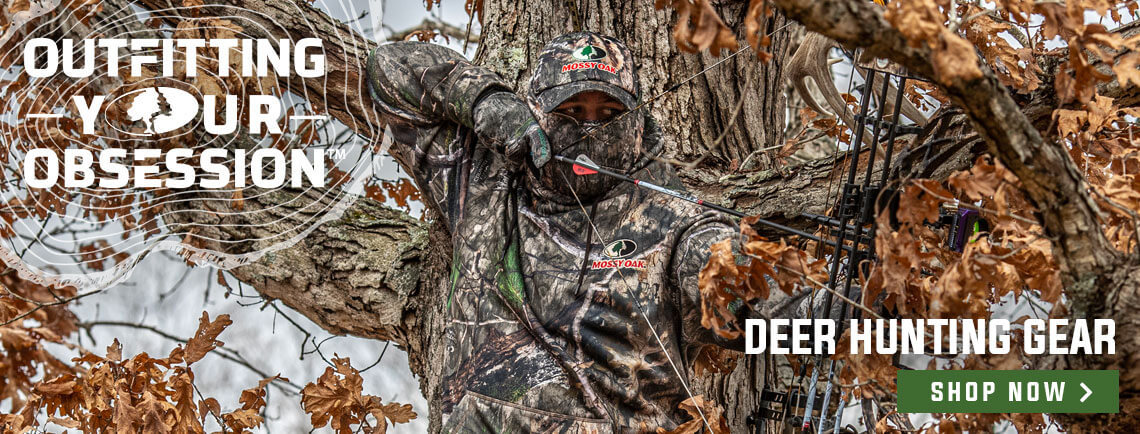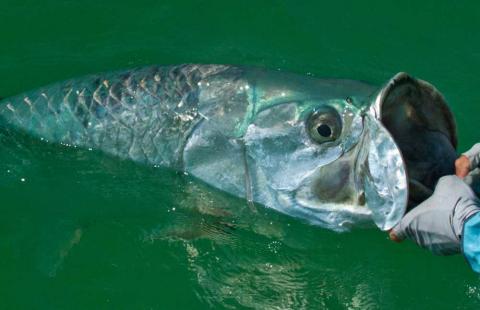Bob Humphrey
In a previous installment we looked at terms like home range, core area, age class and rut phases. In this installment, we’ll take a lighter look at some more common terms and how they’re used, and sometimes misused.
Buck Sign
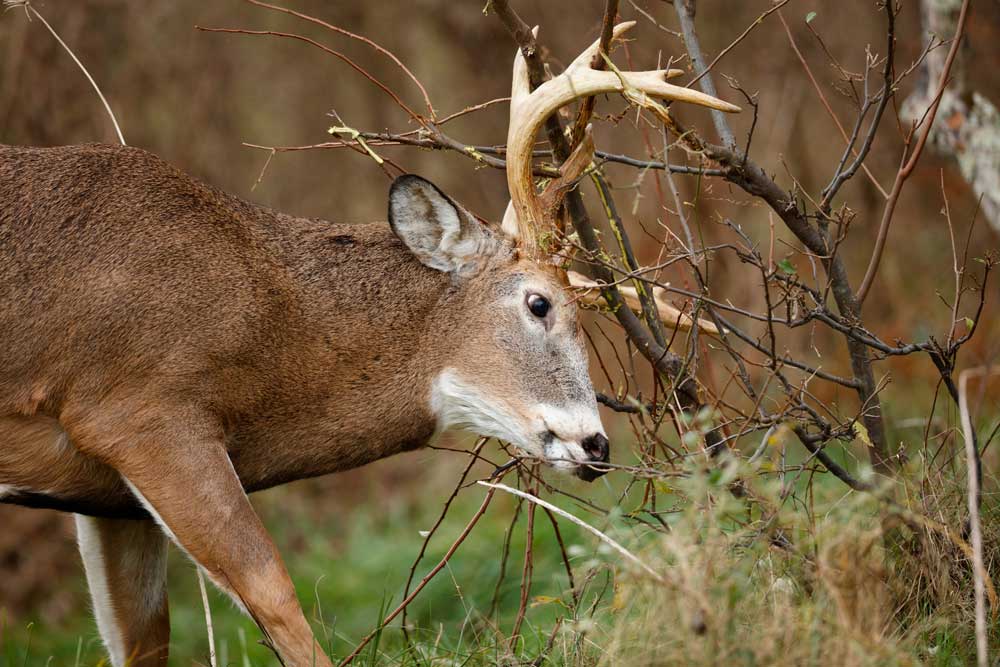
Two of the most common and most exciting signs of buck activity to find while scouting or hunting are rubs and scrapes. Surprisingly, some hunters occasionally confuse the two. Bucks rub trees and scrape the ground. Both are a means of communication through scent. Adding descriptors like ground scrapes or tree rubs is redundant and unnecessary, unless you are one of those folks who confuses the difference.
Methods
It is not difficult to see why the terms used for different hunting methods can sometimes be confusing. The place you sit, whether on the ground or elevated, is called a stand. Still hunting is the process of moving slowly and quietly through the woods. So you are moving, not sitting or standing still. Once, but not until you spot a deer, it becomes stalking. If you start your hunt sitting or standing still looking for deer and then going after one you see, it then becomes a spot-and-stalk hunt. You may drive to and from your hunting location or even your stand, but a deer drive involves one or more hunters intentionally trying to move or drive deer toward others. And shed hunting doesn’t involve a drive to the local Lowe’s. It is going out after the season hunting for shed antlers or drops.
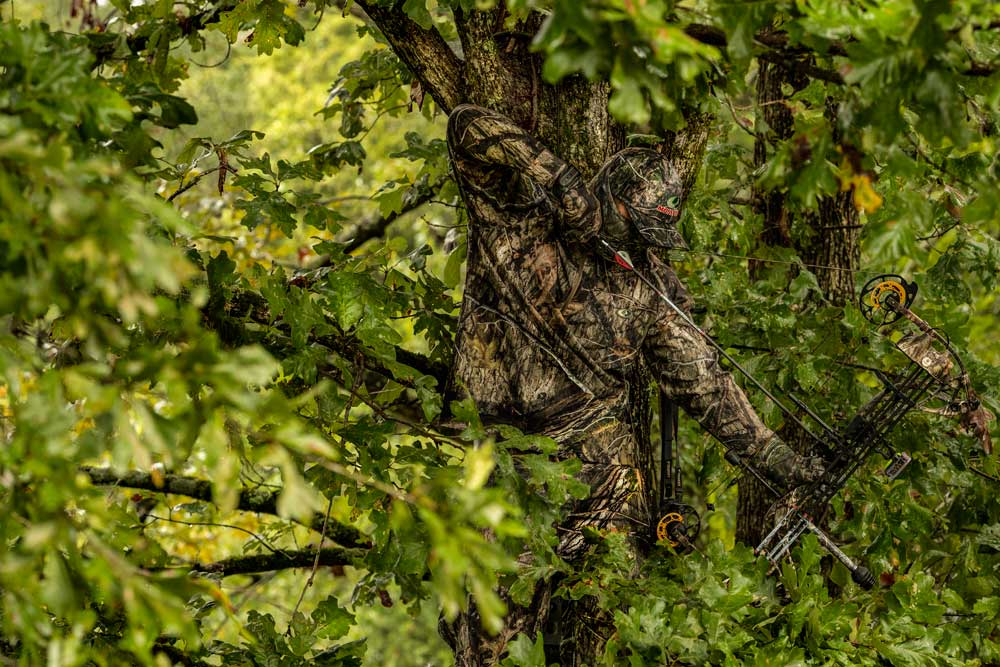
Doe, A Deer
Deer is/are one of those confusing species when it comes to distinguishing singular from plural. You may see one deer, or several deer, but there is no such thing as deers. Conversely, the plural of doe is does, and buck is bucks. When you hear someone say they saw 6 doe and 2 buck, don’t be afraid to correct them.
We touched on age in the last installment, noting that a yearling is not a fawn, but a deer that is at least one year old. Yearling bucks often sport a pair of single-point antlers called spikes, and the deer that sport them are also called spikes or spike bucks. In most cases, they will grow more points if given the chance to enter the next age class. The antlers of yearling bucks might just as likely split into a fork, and their wearers are then referred to as forks, forkhorns, forkies, crotch horns or four pointers. After that, they’re just referred to by the number of points on their antlers.
Antlers
Typical antlers, not horns, consist of a main beam, which starts at the base and grows upward and outward, sprouting upright tines or points along the way. Most folks get that right. The first set of tines, near the base are the brow tines, sometimes ascribed more colorful terms like eye guards or tater diggers. Most hunters refer to successive tines on the main beam as G2, G3 and so forth, based on methods used to measure and score antlers. Though not a tine, the end of the main beam is considered a point when scoring. Eastern count includes all points including the tip of the beam, but western count excludes brow tines.
When antlers become non-typical that is when things get more confusing, or at least interesting. Two tines originating from the same point on the main beam may be either split points or common base points. Points growing off other points or smaller points growing off the main beam are given colorful names like kickers or stickers. If they grow downward, they are called drop tines or simply drops, not to be confused with sheds.
Folks often ask when does something become a point. Some say it is a point if you can hang a ring on it, or if it is at least an inch long. By official scoring methods, it is a point if the height or length is more than the width, where it meets the base of the main beam or another point or tine.
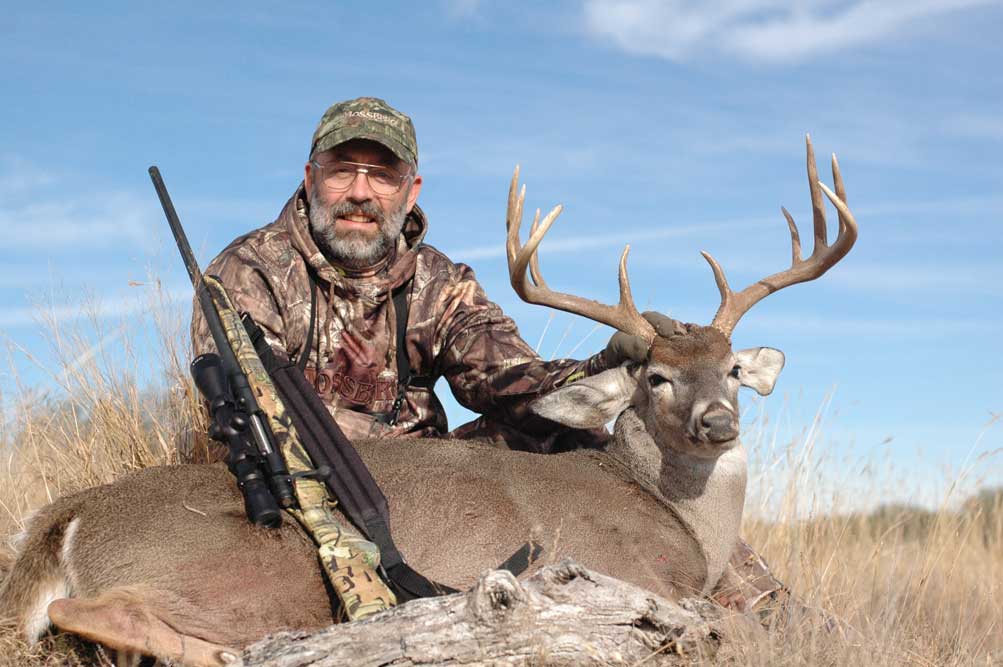
Colloquialisms
Different regions of the country have their own local jargon, which can sometimes confuse the traveling hunter. Mainers refer to fawns as lambs. Southerners call adult does nannies. Westerners would refer to an 8-point buck as a 4x4, or maybe a 3x3, depending on whether it is a whitetail or a mule deer. It gets even more confusing if you travel to Europe, where a moose is an elk, and an elk is a deer.
It is helpful for the hunter to be familiar with the commonly used terms and their proper meaning. You want to sound knowledgeable and experienced when telling tales at deer camp or the local greasy spoon about sitting on your stand, spying a 140 8-point chasing a hot nanny. You might get some strange looks from non-hunters, but we will understand.

